
Boeing's leak-prone Starliner capsule will remain docked with the International Space Station for four more days, NASA announced Tuesday, returning to Earth with a pre-dawn landing in White Sands, New Mexico, on June 26. to close an extended period of 20 days. test flight, the first with astronauts on board.
The additional docked time will give Starliner commander Barry “Butch” Wilmore and co-pilot Sunita Williams more time to assist aboard the station as flight controllers and engineers continue to examine telemetry and finalize plans for reentry with five leaks. of helium in the capsule. propulsion system and unexpected problems, presumably now resolved, with multiple maneuvering aircraft.
One plane will not be used for the remainder of the flight, but the other suspected boosters were successfully “hot fired” during a test on Saturday, giving managers confidence that they will function as needed for post-aircraft maneuvers. undocking and to remove the Starliner from orbit. for re-entry and landing.
As for helium leaks, engineers say the spacecraft has more than seven times the amount needed for the rest of the flight. During Saturday's hot fire test, leak rates were lower than telemetry indicated earlier in the mission, but engineers are still evaluating the data to better understand the system's behavior.
“We have learned that our helium system is not working as designed. Although it is manageable, it still does not work as we designed it,” said Mark Nappi, director of Boeing's Starliner program. “So we have to figure it out.”
As for thrusters, “there are some things about our flight profile and/or our parameters… where our thrusters are not working (as expected). So we have to figure it out.” But he said Boeing intends to “completely eliminate” both problems, which he described as “annoyances,” before the Starliner flies again.
“The good thing about the situation,” he said, “is that we can stay on the ISS a little longer and get as much data as possible so we can understand this as best we can.”
Meanwhile, Steve Stich, manager of NASA's Commercial Crew Program, said the Starliner can safely transport Wilmore and Williams back to Earth if any problems arise that require immediate departure.
But as things stand now, Wilmore and Williams will undock from the space station's forward port at 10:10 p.m. EDT on June 25 and fire the spacecraft's rear-facing thrusters to deorbit early the next day, installing a parachute, and airbag-assisted landing at White Sands, NM, at 4:51 am EDT.

The day before Wilmore and Williams' departure, ISS astronauts Tracy Dyson and Mike Barratt plan to venture outside the station for a spacewalk, or EVA, to recover a faulty radio transmitter and collect swabs near the vents. and the station's airlock to discover if there are microorganisms. They have managed to go outside and survive in the harsh environment of space.
During an initial attempt on June 13, in what would have been the first of three planned spacewalks, Dyson and Matthew Dominick, his original companion, never left the airlock. Dominick reported a “discomfort issue” in the spacesuit and the EVA was cancelled.
Instead of taking the time to investigate and correct the problem with Dominick's suit, and given the amount of oxygen available in the airlock, NASA managers decided to retry the original spacewalk with Dyson and Barratt and combine the tasks planned for the second and third departures in a single excursion on July 2.
But the spacewalk schedule depends on undocking the Starliner, which is the top priority in the short term.
Four years late, the Starliner launched on June 5, a month later than planned due to problems with its Atlas 5 rocket, problems with a countdown computer and due to an initial helium leak in the system. used to pressurize the capsule's thrusters.
NASA and Boeing managers decided that the leak was too small to pose a safety threat, and the spacecraft was cleared for launch. However, once in orbit and en route to the space station, four more helium leaks occurred and the Starliner's flight computer disabled seven maneuvering aircraft when telemetry did not match pre-launch expectations.
Stich said Saturday's hot-fire test showed that the aircraft needed for post-undocking maneuvers and the critical deorbitation “burn” will function as needed to deorbit and re-enter the craft. Likewise, he said engineers were confident that helium leaks can be managed even if one or more worsen after undocking.
But the extra days docked with the space station will give engineers more time to review data and monitor telemetry from the Starliner service module, which is where the thrusters and helium pressurization pipes are located. Engineers will not be able to study the actual hardware because the service module is discarded before reentry and will burn up in the atmosphere.
“We're taking more time since this is a crewed vehicle, we want to make sure we haven't left anything unturned,” Stich said. “We also want to look at the systems and the possible interaction between the systems and make sure we haven't missed anything before we return.
“I like the fact that the vehicle stays a little longer. I like the fact that we're looking at how the vehicle behaves thermally, how the space station charges the batteries. We're seeing those kinds of cycles, which we absolutely need for later missions. … So I think there is a positive side to staying a little bit (longer on the space station).”
Before launch, NASA managers hoped the Starliner test flight would pave the way toward certifying the spacecraft for operational space station crew rotation missions starting early next year. But given the problems encountered earlier in the flight, certification could be delayed depending on what is required to address the problems identified to date.







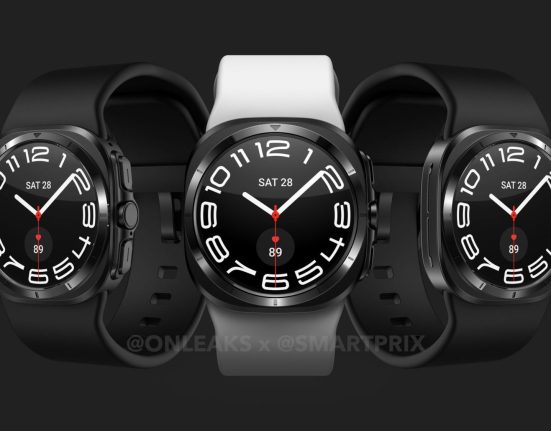
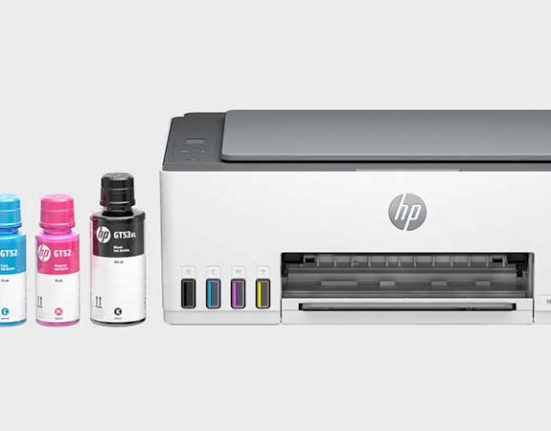
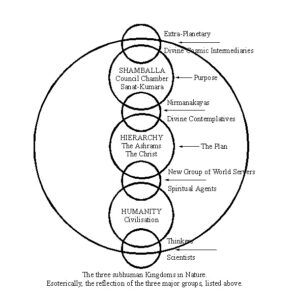

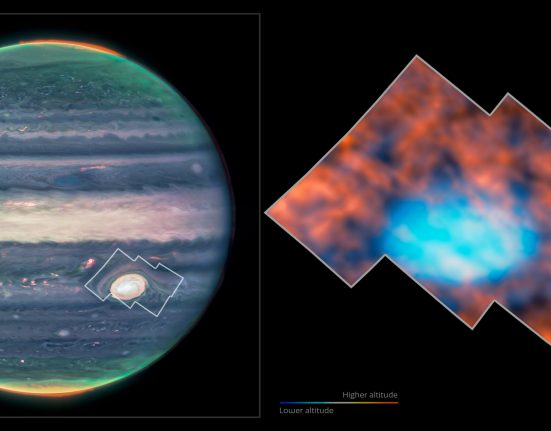
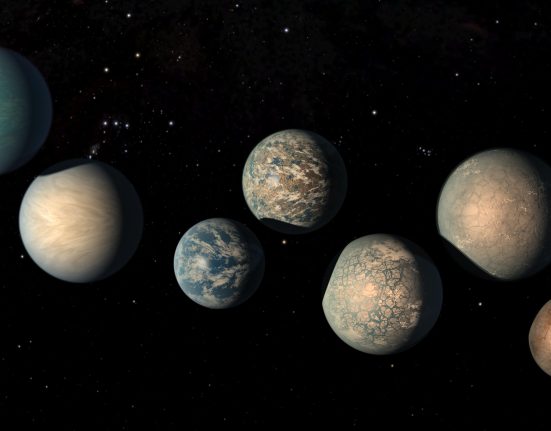
Leave feedback about this